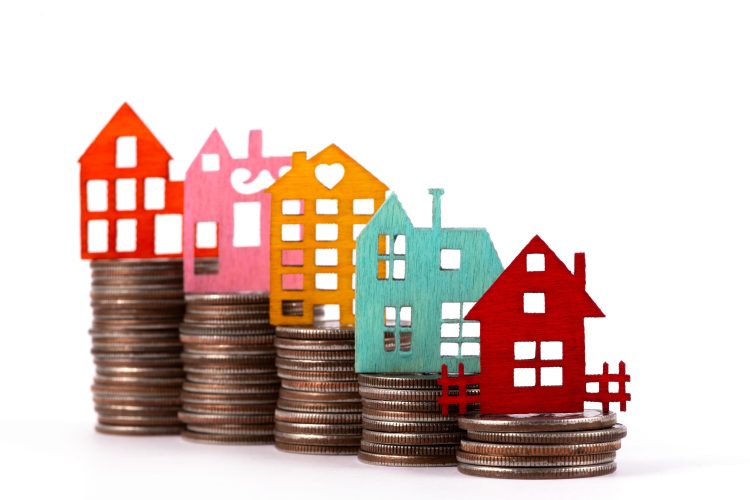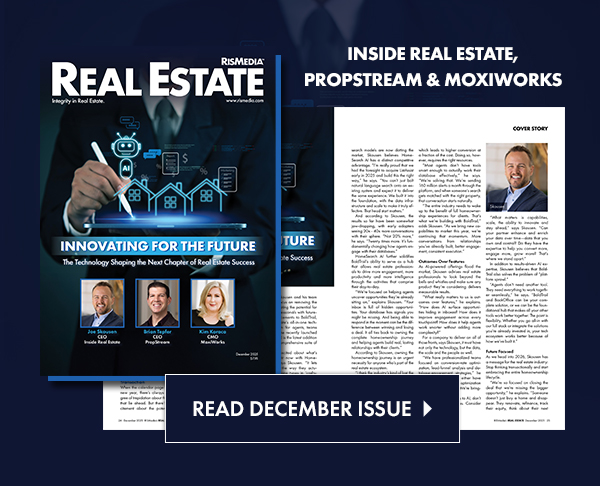When the typical U.S. household has to fork over 44.6% of their income just to afford a median-priced home, financial advisors start getting a touch of anxiety.
The latest Realtor.com® Affordability Report, released today based on May 2025 housing data, reveals that homebuyers are stretching their budgets far beyond their comfort levels, exceeding the traditional “30% rule.” This rule, which states that housing costs shouldn’t exceed 30% of a household’s gross monthly income, now feels like a relic from a different time.
But those days? They’re long gone.
“Earnings have risen, but home-buying costs have risen faster, which means that adhering to affordability guidelines can feel challenging if not impossible in many housing markets across the country,” said Danielle Hale, chief economist at Realtor.com. She added that for most Americans, sticking to these old guidelines has become “challenging, if not impossible.”
3 major metros top list of affordable cities
Among 50 major metro areas Realtor.com studied, only three cities—Pittsburgh, Detroit and St. Louis—still offer median-income earners a shot at homeownership without breaking the bank.
Pittsburgh leads the trio, requiring just 27.4% of the median household income to afford a median listing price of $249,900. Meanwhile, Detroit is right behind, where 29.8% of a median earner’s income is needed to afford a median $270,000 listing, and St. Louis barely makes the cut at exactly 30% of income needed to afford the median $299,900 home, Realtor.com found.
| Metro Area | May Median List Price | Monthly with Tax & Ins. | Annual Mortgage Pmt + Tax & Insurance. | 2025 Median HH Income | Share of Income |
| Pittsburgh, PA | $249,900 | $1,664 | $19,970 | $72,935 | 27.40% |
| Detroit, MI | $270,000 | $1,798 | $21,576 | $72,493 | 29.80% |
| St. Louis, MO-IL | $299,900 | $1,997 | $23,966 | $79,869 | 30.00% |
| Cleveland, OH | $275,000 | $1,831 | $21,976 | $68,695 | 32.00% |
| Indianapolis, IN | $331,500 | $2,208 | $26,491 | $79,724 | 33.20% |
To crunch the numbers, Realtor.com assumed an average 30-year fixed mortgage rate of 6.82%, a 20% down payment, and a tax and insurance rate of 1.72% annually. The company used the 30% rule-of-thumb to gauge affordability and based median household income on the latest Census data.
While these metros offer plenty of opportunities for buyers and investors to jump into the housing market, strong buyer demand could dampen affordability even in these “strongholds,” Realtor.com cautioned.
“Detroit has always stood out for its affordability, and even with home prices rising, it remains one of the last major markets where median-income buyers still have a real shot at homeownership,” Anthony Djon, founder of Anthony Djon Luxury Real Estate, said in a news release.
“That said, demand is picking up fast—especially in the lower price points. First-time buyers are moving with urgency because they know the window to buy affordably is narrowing.”
California dreamin’ no more
For buyers with dreams of buying on the West Coast, the financial reality is even more bleak.
Buying a home in Los Angeles, for instance, requires 104.5% of the median household income to afford the median-priced home at nearly $1.2 million. That means even if a family spent nothing on food, transportation or other expenses, they still couldn’t afford their housing payments. That’s why 51% of Los Angeles households are renters and just under half of Angelenos (49%) own their own homes compared to 65.1% of all Americans.
San Diego and San Jose, also in California, aren’t much better, requiring 77.1% and 72.4% share of income, respectively, to afford median-priced homes in those markets.
“While a few Midwestern markets still offer a path to homeownership for the median-income household who can make a 20% down payment, in most large metros, the dream of owning a home remains out of financial reach without significant changes to either housing supply or interest rates.
Potential solutions to the affordability crisis
There are only two real ways to make American housing affordable again: lower home costs or boost wages. The problem is that increasing incomes will also cause a spike in housing demand, which could push prices even higher.
While some markets in Florida and Texas are seeing home prices fall and inventory linger on the market for longer, housing prices and mortgage rates are still at higher levels than many Americans can afford.
Realtor.com noted that building more affordable homes, particularly in areas that have hot buyer demand but low supply, could help ease the cost crunch. But solving the issue through new-home construction could take years.
Then there’s the economic uncertainty within new construction due to the Trump administration’s on-again-off-again tariffs on lumber, steel and other imported building materials. The threat of new tariffs is hurting builder confidence, causing builders to slash prices as inventory piles up. The National Association of Home Builders is forecasting an overall decline in single-family housing starts in 2025.












